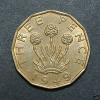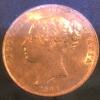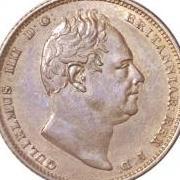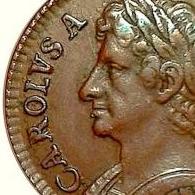That's probably the generic explanation, but the size of the variation and the sheer numbers suggests its a bit more complex than that. For example, the mintage of the 1967 penny was around 600 million or so, and with the exception of a few minor varieties concerned with the drapery and the helmet, they are remarkably consistent in terms of the quality of the strike. Fast forward to 2016, when the new pound coins were produced in about the same numbers, and the consistency of the strike appears to be significantly poorer if tolerance is the only explanation for the differences. Without giving away too much concerning my article for coin news, I can say that I analysed just 40 coins dated 2016, and believe it or not, all 40 were different, which is remarkable. The differences are sufficiently clear cut that in any other series of coins they would be regarded as varieties. Indeed, in some pre-decimal coins, I would suggest that the accepted varieties show a much smaller difference than those for the new pound coin.
The issue is whether these differences are explained purely by machine tolerances or whether there are genuine die varieties mixed in, plus whether striking a 12 sided coin introduced further tolerance issues, especially given the bi-metallic nature of the coin. I don't have an explanation, but I'm hoping my articles generate some interest and throw up some suggestions.
 Coinpublications.com
Coinpublications.com







